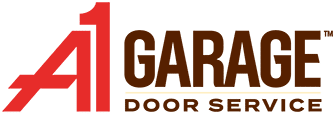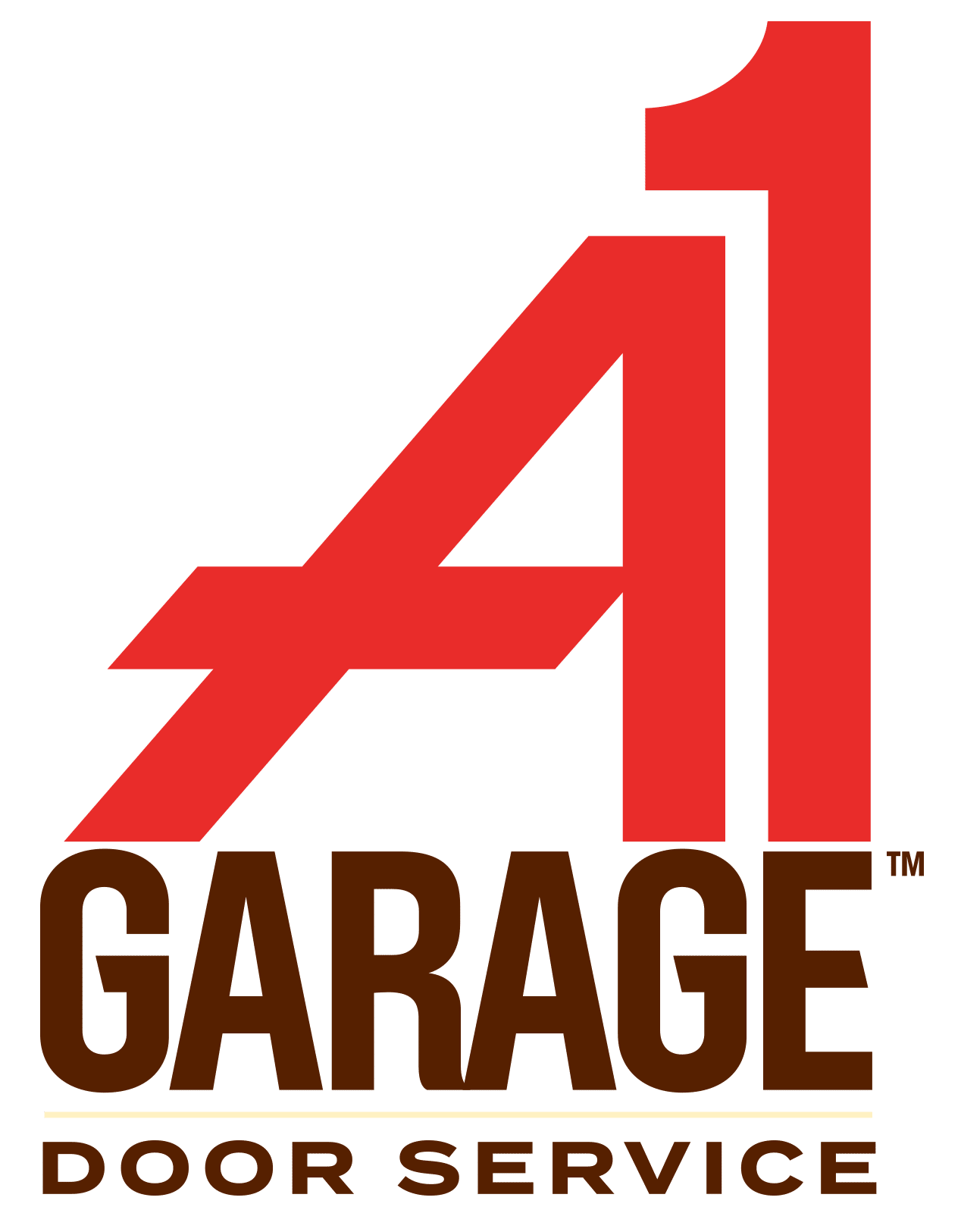When you call for garage door service, you want to understand the problem at hand and find a solution. But, you should also consider what you can do to prevent future issues with your door and opener system.
As part of our standard service process, our technicians complete a 29-point inspection of your door and its connected parts. By doing so, they’re identifying both imminent and potential long-term weaknesses, checking the safety of your door and helping you develop a strategy for protecting your investment.
PHASES OF THE INSPECTION PROCESS
THE OPENER
Your garage door’s opener system is vital to ensure the safe and efficient operation of your door. From both an electrical and mechanical perspective, it’s important to ensure your opener remains in the proper condition.
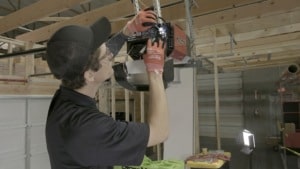
- Gears: We look for wear, either naturally occurring or from improper maintenance and neglect, and ensure these parts are properly lubricated.
- Safety eyes: These sensors near the bottom of your door trigger a closing door to reverse if any object blocks their path. We make sure they are properly aligned and working correctly.
- Trolley and carriage: These parts connect the door to the opener and guide the door as it opens and closes. We check for stripped trolleys or worn carriages, which could cause major problems with your door system.
- Belt, chain and screw: Much like the gears, we look for abnormal wear and tear and proper lubrication.
- Circuit board: As the electrical hub of your opener system, your circuit board needs to be free of burnt or worn solder points. We verify your system’s parts are free of these issues.
- Remote: We’ll test your handheld opener remote to make sure it’s working properly and at the right range to ensure you’ll be able to open your door when you need to.
- Keypad: If your garage is equipped with an outside keypad, we’ll test it along with the handheld remotes.
- Lightbulbs: Believe it or not, certain types of lightbulbs can disrupt the way your opener communicates with your remotes. We recommend avoiding CFL and LED bulbs.
THE TORSION SYSTEM
The torsion system is the workhorse of your garage door, performing and supporting the heavy lifting as your door opens and closes. This system, especially, is extremely dangerous to try and work on yourself; consult a garage door professional before attempting any do-it-yourself inspections or repairs.
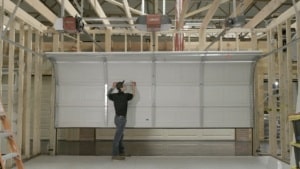
- Weight: Placing a scale under your closed door allows us to measure its sitting weight.
- Springs: Faulty or worn springs can create extremely dangerous situations, so we check for rust and slipping, cracked or fractured cones.
- End bearings: We look for any loose or worn center and end bearings, ensuring the torsion system is properly secured and fastened.
- Drums: We check the condition of these parts, which can be become worn from bearings and cables.
- Cable: We inspect your system’s cables for fraying, kinks or stretching.
- Torsion tube: Your tube should be level and free from bends. We make sure you’re set up properly and that your tube is providing adequate support.
APPEARANCE
Your door’s appearance might seem purely aesthetic, but, in reality, the visual elements of your door system can be an indication of current or potential problems.
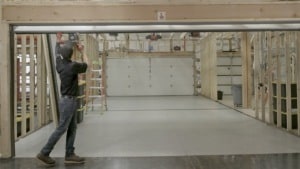
- Paint: Paint adds more than color to your door; it also creates a layer of protection. Chipped or faded paint is prone to oxidation and other damage.
- Bottom rubber: This rubber block helps insulate your door and keep pests and rodents out, as well as protecting your door itself. If rubber is cracked or dried or isn’t properly sealing the space, it should be replaced.
- Stop molding: Also referred to as side seal or trim, we want to ensure these pieces are also providing a proper seal and aren’t warped or otherwise damaged.
- Panels: We check for damage to your door panels themselves, such as stress cracks, dents and sagging.
FACE HARDWARE
Face hardware includes the parts that connect your individual door panels into a cohesive, moving unit. Keeping these items maintained is vital to ensure your door continues operating properly.
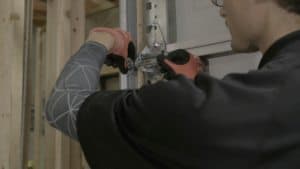
- Hinges: We look for cracks and signs of extreme wear.
- Bottom brackets: We make sure cables are properly secured and that the brackets themselves don’t show signs of excessive wear.
- Top brackets: We check for any bends or breaks in the brackets.
- Rollers: If your door has plastic or metal rollers, you should consider changing them to nylon. Nylon rollers have added durability and need less lubrication to function correctly. Sealed nylon rollers offer a maintenance-free solution.
- Fasteners: We verify proper tightness of all panel fasteners.
PASS/FAIL ITEMS
While some items we look at during the inspection process are evaluated based on condition, which can change over time with natural wear and tear and proper maintenance, others are reviewed on a pass-or-fail basis.
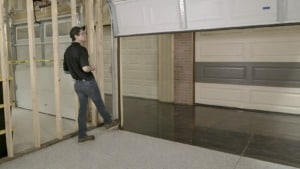
- Door balance: We pull the door’s manual-release cord and lift the door halfway. When we let go, the door should maintain its position rather than lift or sag.
- Safety reverse: We make sure this system is working by placing an object under the door and closing it. When the door makes contact with the object, it should stop and reverse course.
- Surge protector: We check whether your opener is connected to a surge protector, which we recommend for added electrical security.
- Insulation: If you have an insulated garage door, we verify the insulation is secure and fastened to regulate the flow of heat in and out of the garage.
- Reinforcement brackets: All garage doors should have a bracket reinforcing the opener attachment. Often, doors will be equipped with a small bracket, but door manufactures require use of a 21-inch piece for secure fastening and to maintain the warranty.
- Struts: We verify your door has struts and that they’re mounted in the proper position.
After completing the inspection, our technician will discuss the findings with you and help determine the best course of action to resolve immediate issues and prevent future problems. They will present multiple options, so you can make the right choice for your garage door.
